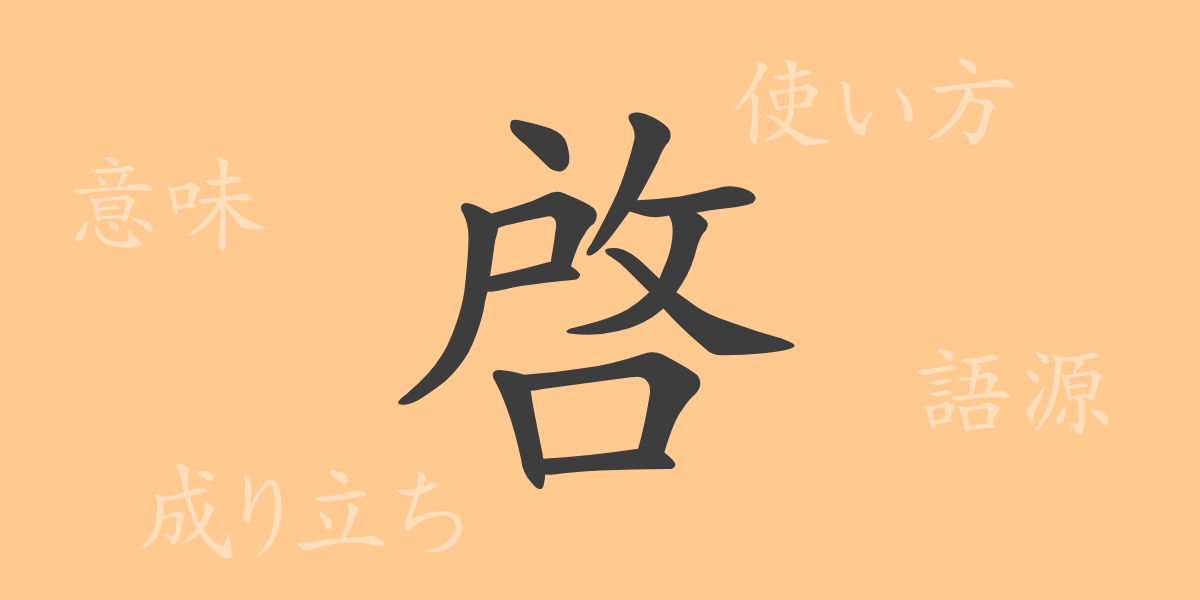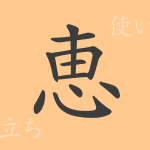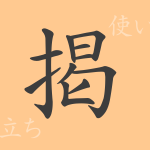Each character has a history and carries the legacy of culture and knowledge. The Japanese kanji “啓(けい)” is no exception; its form and meaning have been shaped over a long period. In this article, we will explore the origins of “啓(けい),” its contemporary uses, and the charm it holds.
Origin of 啓(けい) (Etymology)
The kanji “啓(けい)” can trace its roots back to ancient Chinese oracle bone script. It evolved from a pictograph representing the side view of a person with an open mouth, symbolizing speaking, conveying, or opening. This fundamental concept is inherited in words like “啓発(けいはつ)” (enlightenment) and “啓示(けいじ)” (revelation).
Meanings and Uses of 啓(けい)
“啓(けい)” means “to open,” “to enlighten,” or “to initiate,” and it is used in various contexts. It is often employed when disclosing knowledge or information or when starting something new. It is also commonly found in formal documents, such as the salutation “拝啓(はいけい)” at the beginning of a letter.
Readings, Stroke Count, and Radical of 啓(けい)
The kanji “啓(けい)” plays an important role in Japanese, both in its form and meaning.
- Readings: The on’yomi (Chinese reading) is “ケイ,” and the kun’yomi (Japanese reading) is “ひらく” and “さとす.”
- Stroke count: “啓(けい)” has 11 strokes.
- Radical: The radical is “口(くち)” (mouth).
Idioms, Expressions, and Proverbs Using 啓(けい)
There are numerous idioms, expressions, and proverbs containing “啓(けい),” each with profound meanings and lessons. For example, “啓示(けいじ)” means a divine revelation, and “啓蒙(けいもう)” refers to enlightening someone from ignorance by providing knowledge. Additionally, “拝啓(はいけい)” is used as a salutation at the beginning of a letter, typically followed by “敬具(けいぐ)” at the end.
Conclusion on 啓(けい)
The kanji “啓(けい)” is an essential character used to represent actions or states such as opening, teaching, and initiating. It is deeply rooted in Japanese culture and language, appearing in various contexts. From spiritual enlightenment words like “啓示(けいじ)” and “啓蒙(けいもう)” to everyday communication phrases like “拝啓(はいけい),” its usage is vast. Understanding the meanings embedded in this single kanji offers a glimpse into the depth of the Japanese language.

























